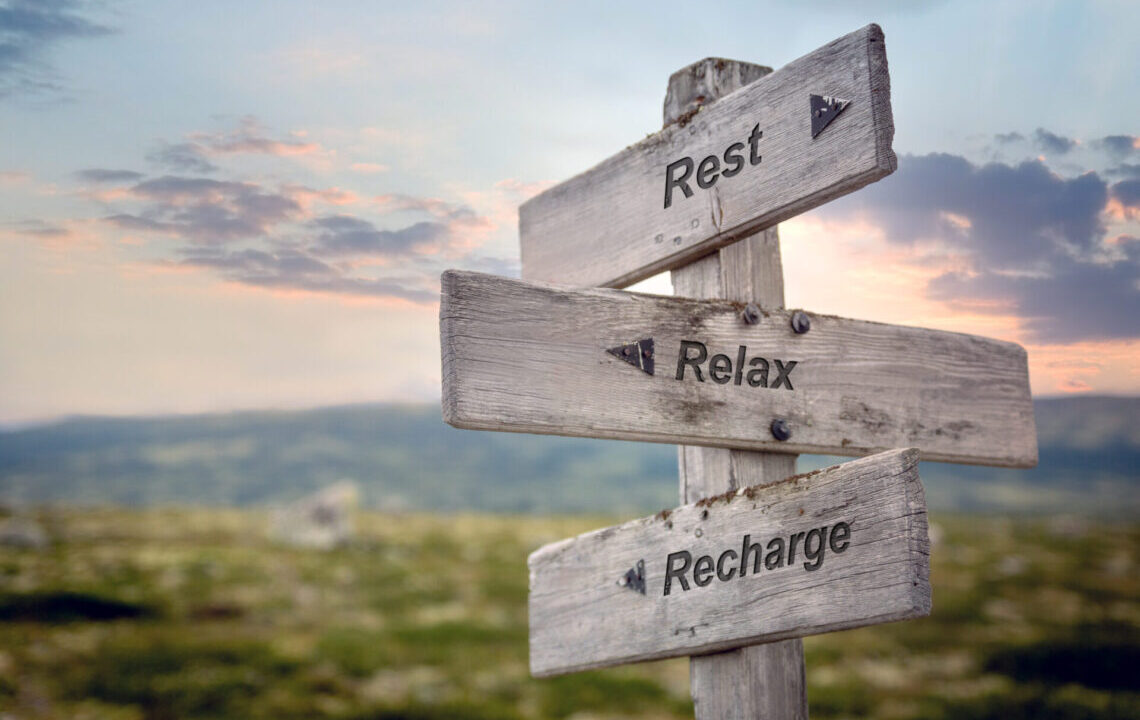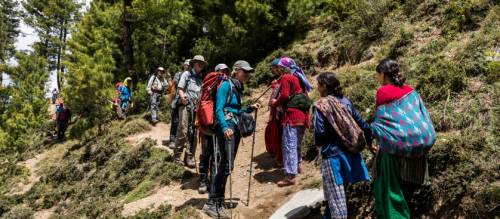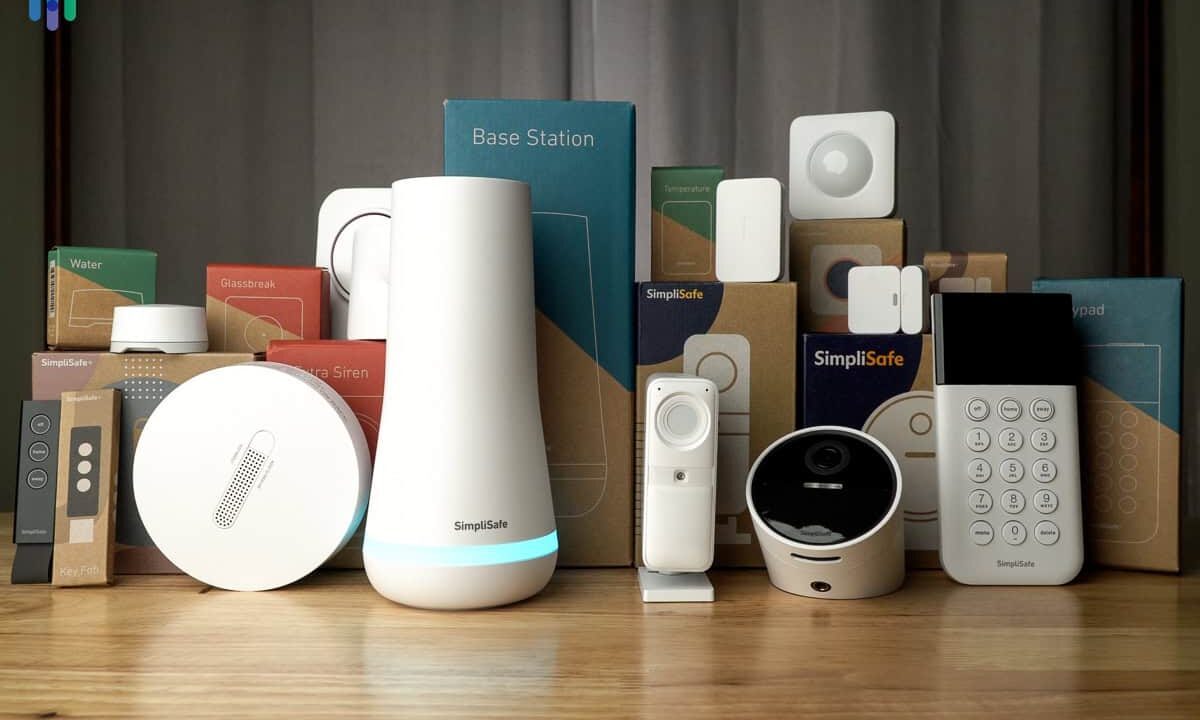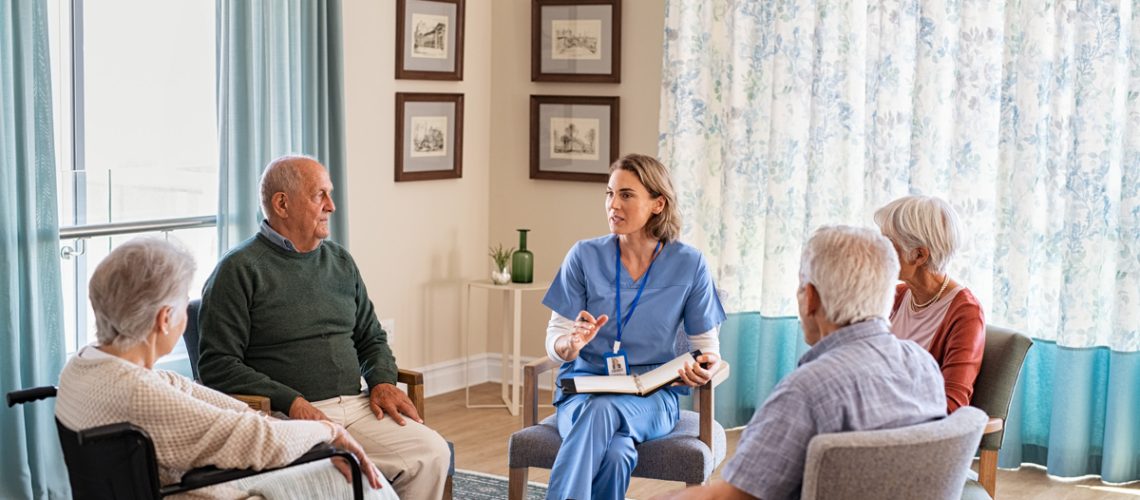As the population ages, senior care facilities face increasing pressure to provide safe, high-quality care while managing rising insurance costs. With the number of Americans aged 65 and older projected to nearly double from 43.1 million in 2012 to 83.7 million by 2050, the demand for skilled nursing and assisted living facilities is soaring. But with this growth comes heightened risk—accidents like falls, medication errors, and transportation mishaps can lead to costly claims and skyrocketing premiums. Drawing from my experience visiting my grandmother in a nursing home, I’ve seen firsthand how small changes can make a big difference in resident safety. In this article, we’ll explore two powerful strategies senior care facilities can implement to reduce insurance risk due to accidents, ensuring both resident well-being and financial stability. Let’s dive into creating safer environments and smarter risk management.
Why Accident Prevention Matters in Senior Care
Accidents in senior care facilities aren’t just unfortunate events—they’re a leading cause of liability claims, with falls alone accounting for 40.4% of closed claims in assisted living facilities. These incidents drive up insurance costs and erode trust among residents and families. By proactively addressing risks, facilities can lower premiums, improve care quality, and avoid legal battles.
The Cost of Inaction
Falls, for instance, result in 1,800 deaths annually in nursing homes, with 16% to 27% caused by environmental hazards like wet floors or poor lighting. Ignoring these risks invites lawsuits and higher loss rates, which jumped from $1,210 to $1,940 per occupied bed between 2008 and 2014.
Tip 1: Enhance Environmental Safety to Prevent Falls
The most common accident in senior care facilities is falls, which the CDC reports affect one in four Americans aged 65 and older each year. Facilities can significantly reduce these risks by optimizing their physical environment with practical, cost-effective measures.
Upgrade Flooring and Lighting
Installing slip-resistant flooring and ensuring adequate lighting in hallways, bathrooms, and common areas can prevent many falls. Poor lighting contributes to disorientation, especially for residents with impaired vision. During a visit to my grandmother’s facility, I noticed dim hallways made her hesitant to walk, increasing her fall risk. Bright, even lighting and non-slip mats transformed those spaces into safer zones.
Practical Steps for Flooring and Lighting
- Use non-slip flooring: Opt for textured vinyl or rubber flooring in high-traffic areas.
- Install motion-sensor lights: These ensure walkways are lit when residents move at night.
- Regularly inspect surfaces: Fix cracked tiles or loose carpets immediately to eliminate tripping hazards.
Install Assistive Devices
Grab bars, handrails, and shower seats are game-changers for residents with mobility issues. Facilities that fail to provide these often face higher injury rates. For example, a nursing home I researched was sued after a resident fell due to an improperly installed bed rail. Properly maintained assistive devices can prevent such tragedies.
Key Assistive Devices to Prioritize
- Grab bars in bathrooms: Place them near toilets and showers for support.
- Bed rails and lifts: Ensure they’re secure and staff are trained in their use.
- Walkers and wheelchairs: Regularly check for wear and tear to maintain functionality.
Conduct Regular Risk Assessments
Routine risk assessments identify hazards before they cause accidents. Management should evaluate indoor and outdoor spaces, focusing on uneven surfaces, clutter, and poor lighting. A facility I visited had a checklist for daily hazard sweeps, which caught a spilled drink in a hallway before it caused a fall.
Risk Assessment Checklist
| Area | Hazard to Check | Action |
|---|---|---|
| Hallways | Clutter, wet floors | Clear obstacles, dry spills |
| Bathrooms | Slippery surfaces, missing grab bars | Install non-slip mats, add bars |
| Outdoor paths | Uneven pavement, poor lighting | Repair surfaces, add lights |
Tip 2: Implement Comprehensive Staff Training Programs
Understaffing and inadequate training are major contributors to accidents in senior care facilities. Staff who are well-trained in safety protocols and resident handling can prevent incidents like falls, medication errors, and abuse, which account for 53% of nursing home losses.
Focus on Fall Prevention Training
Training staff to recognize fall risks—such as residents with postural hypotension or mobility issues—can reduce incidents. The CDC’s STEADI initiative offers resources to teach staff how to assess and monitor residents’ fall risks, like ensuring annual eye and foot checks. One facility I learned about cut fall-related claims by 20% after implementing STEADI protocols.
Fall Prevention Training Components
- Risk identification: Teach staff to spot signs like dizziness or unsteady gait.
- Safe transfer techniques: Train on proper use of lifts and wheelchairs.
- Resident monitoring: Schedule regular mobility assessments to update care plans.
Address Medication Errors
Medication errors, such as missed doses or overmedication, can lead to falls or serious health complications. Facilities should use medication management systems and train staff to double-check dosages. A nurse I spoke with shared how her facility’s barcode scanning system caught a near-miss when a resident was almost given the wrong medication.
Medication Safety Protocols
- Use technology: Implement electronic medication administration records (eMAR).
- Regular audits: Review medication logs weekly to catch errors early.
- Staff education: Train on side effects that increase fall risks, like dizziness.
Combat Elder Abuse and Neglect
Elder abuse, often linked to understaffing or burnout, can lead to lawsuits and reputational damage. Training staff to recognize and report abuse is critical. A heartbreaking case I read about involved a resident injured due to neglect from an overworked caregiver. Regular training and clear reporting processes could have prevented this.
Abuse Prevention Measures
- Mandatory reporting: Ensure staff know how to report suspected abuse.
- Stress management: Offer wellness programs to reduce caregiver burnout.
- Background checks: Screen all employees to ensure resident safety.
Comparing the Two Strategies
Both environmental upgrades and staff training are essential, but they serve different purposes. Environmental changes offer immediate, tangible risk reduction, while training builds a culture of safety over time. Here’s a quick comparison:
| Strategy | Cost | Impact Speed | Longevity |
|---|---|---|---|
| Environmental Upgrades | Moderate to High | Immediate | Long-term |
| Staff Training | Low to Moderate | Gradual | Ongoing |
Pros and Cons of Each Approach
Environmental Upgrades
Pros: Reduces falls instantly, visible to families, enhances facility reputation.
Cons: Upfront costs can be high, requires ongoing maintenance.
Staff Training
Pros: Cost-effective, improves overall care quality, empowers staff.
Cons: Requires continuous investment, effectiveness depends on staff retention.
People Also Ask (PAA)
What are the most common accidents in senior care facilities?
Falls are the leading cause, making up 54.8% of claims in assisted living facilities, followed by pressure injuries and medication errors. Environmental hazards and inadequate staff training often contribute.
How can senior care facilities reduce fall risks?
Facilities can install non-slip flooring, grab bars, and adequate lighting while training staff to monitor residents’ mobility and health conditions. Regular risk assessments also help.
What insurance covers senior care facilities?
General liability, professional liability, and property insurance are key. Specialized coverage like sexual misconduct or evacuation expense reimbursement can further protect facilities.
Where can facilities get risk management resources?
The CDC’s STEADI initiative and AmWINS’ ResourcesForRisk.com offer tools for fall prevention and risk management tailored to senior care.
Best Tools for Risk Management
To implement these strategies, facilities can leverage tools like:
- Motion sensors and wearables: Track resident movements and alert staff to potential falls.
- eMAR systems: Ensure accurate medication administration.
- Risk assessment software: Streamline hazard identification and reporting.
These tools, available from providers like PointClickCare or HealthStream, enhance safety and reduce claims.
FAQ Section
Q: How often should senior care facilities conduct risk assessments?
A: At least quarterly, with daily hazard sweeps in high-risk areas like bathrooms and hallways.
Q: What’s the biggest insurance risk for senior care facilities?
A: Falls are the top risk, accounting for over half of all claims in assisted living facilities.
Q: Can technology reduce accidents in senior care?
A: Yes, tools like motion sensors, eMAR systems, and wearable devices can prevent falls and medication errors.
Q: How does staff training impact insurance premiums?
A: Comprehensive training reduces claims by improving care quality, which can lower premiums over time.
Wrapping It Up
Reducing insurance risk in senior care facilities isn’t just about saving money—it’s about protecting vulnerable residents and building trust with families. By upgrading environments with non-slip flooring, grab bars, and bright lighting, and investing in staff training for fall prevention, medication safety, and abuse reporting, facilities can create safer spaces and lower claim frequency. My grandmother’s nursing home turned a corner when they added handrails and trained staff to check on residents more often—her confidence and safety improved dramatically. With the aging population growing, these steps are non-negotiable for any facility aiming to thrive. Ready to take action? Start with a risk assessment or explore resources like CDC’s STEADI initiative to make your facility a safer place today.





